

125 SUMMER STREET / BOSTON
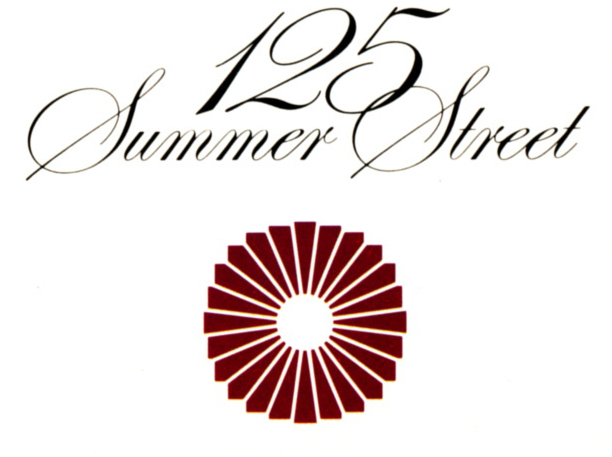
Project Symbol & Logotype
Retained by Jaymont to provide all architectural graphics and marketing materials for this 22 story office and retail complex in downtown Boston’s Financial District. The retention of all existing Summer Street building facades was a unique aspect of this project.
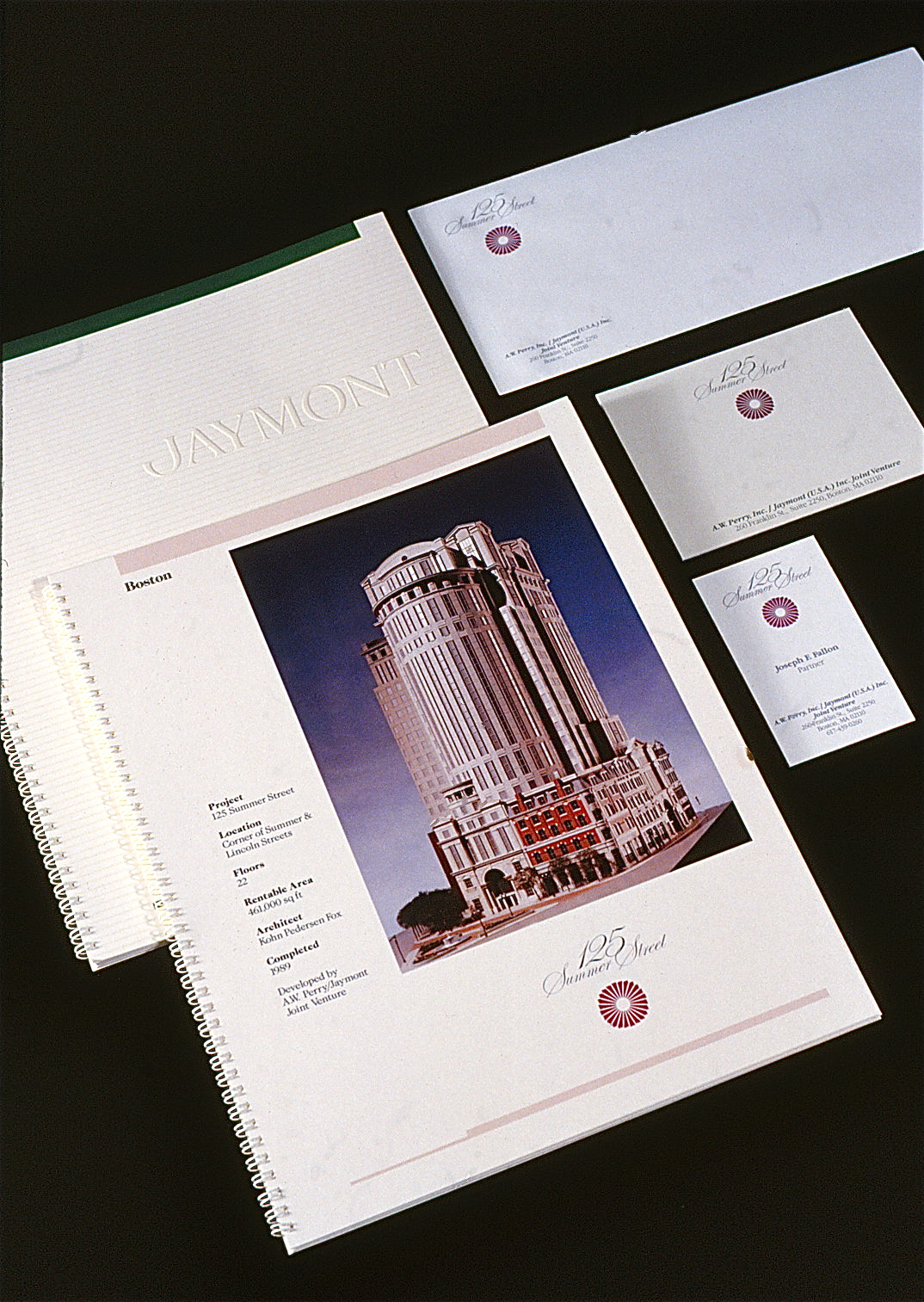
The project identity was applied to a variety of marketing materials.
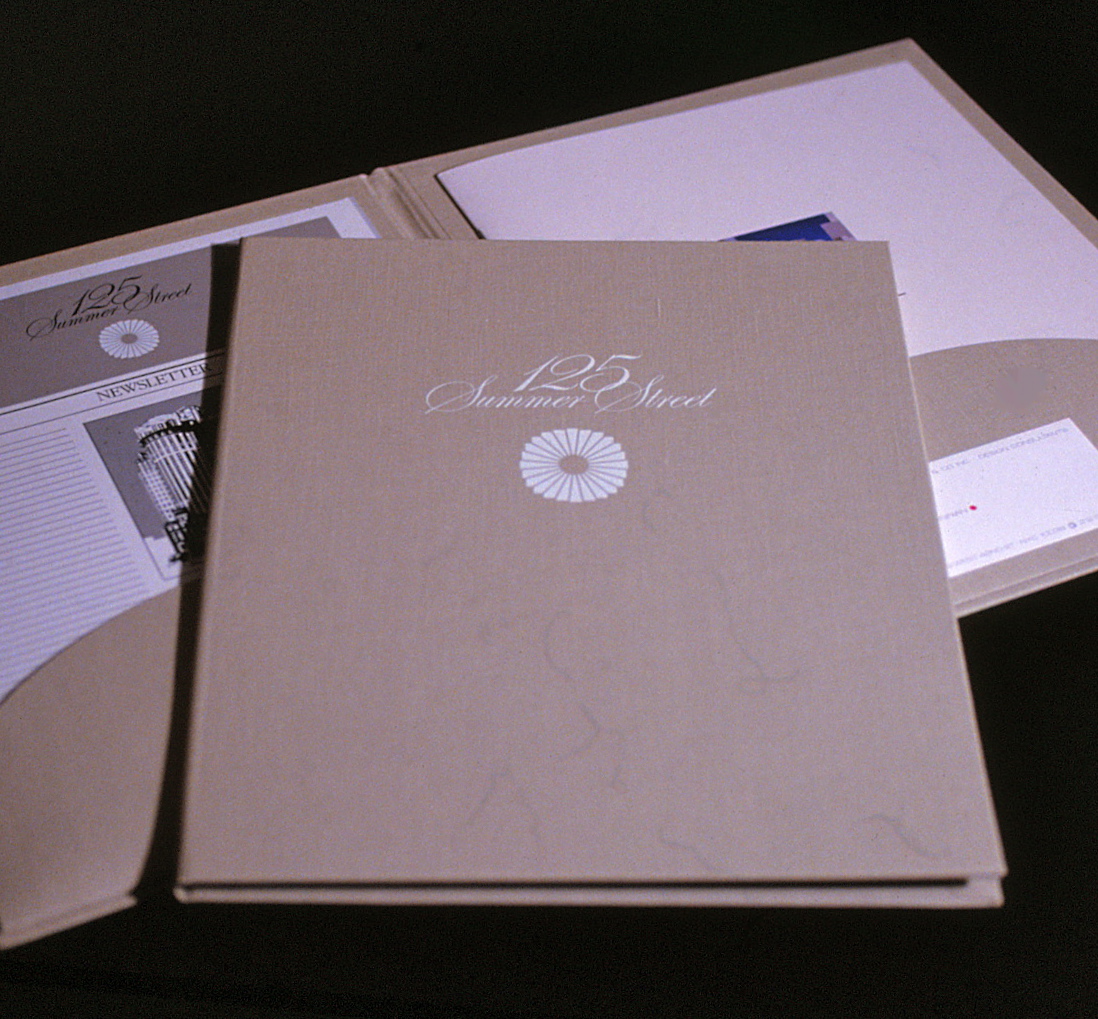
A folder system containing brochures, fact sheets and floor plans, was designed to provide all information needed for the leasing team and potential corporate and retail tenants.
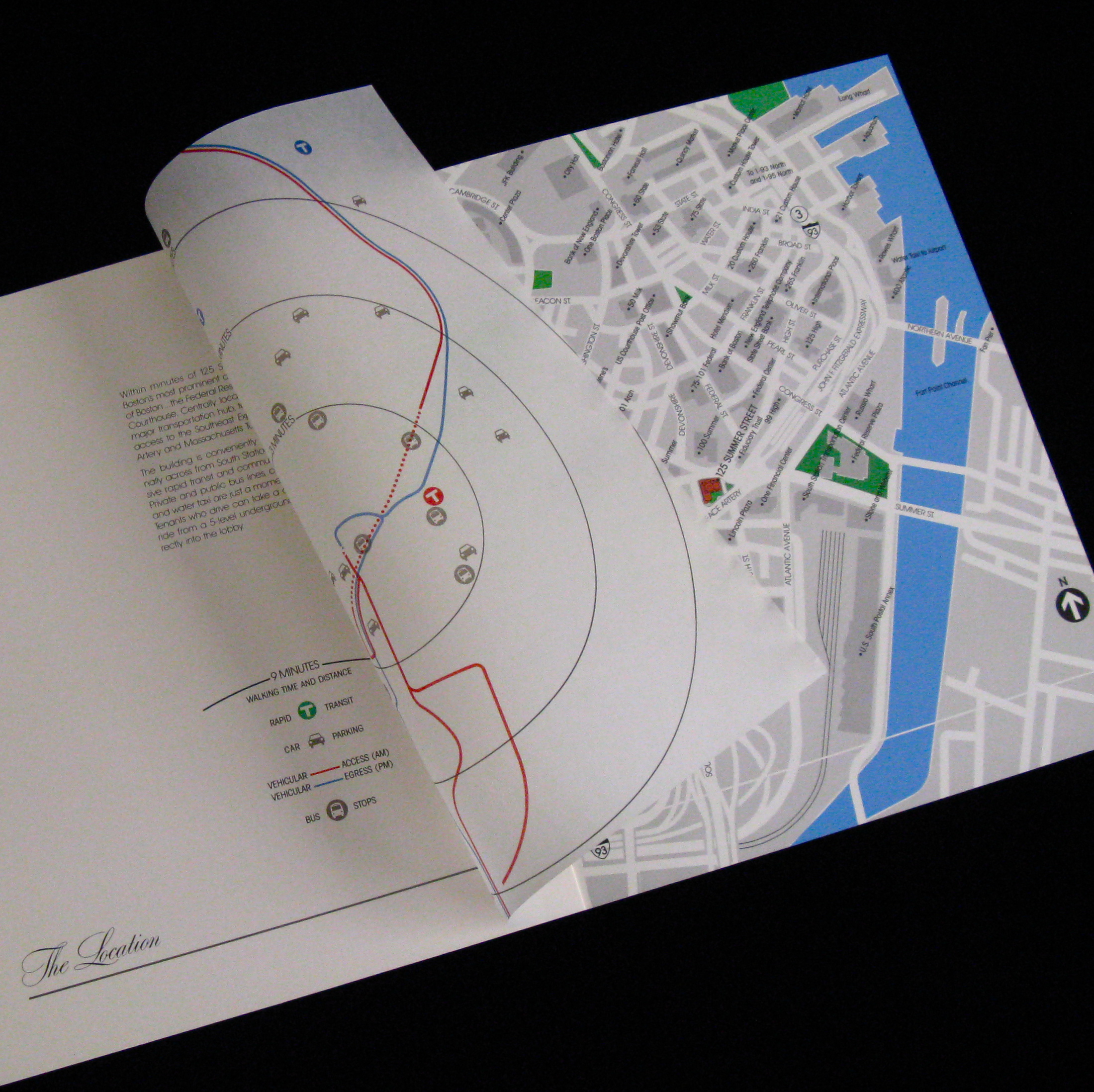
A downtown map and overlay highlights location, transit information and walking distances.

An early site sign illustrated the project, its identity and the development team.

The 125 Summer Street fact sheet showing preserved old buildings facades at street level. The 22 floor structure contained 461,000 square feet of commercial and retail space at the corner of Summer and Lincoln Streets. The project was completed in 1989.

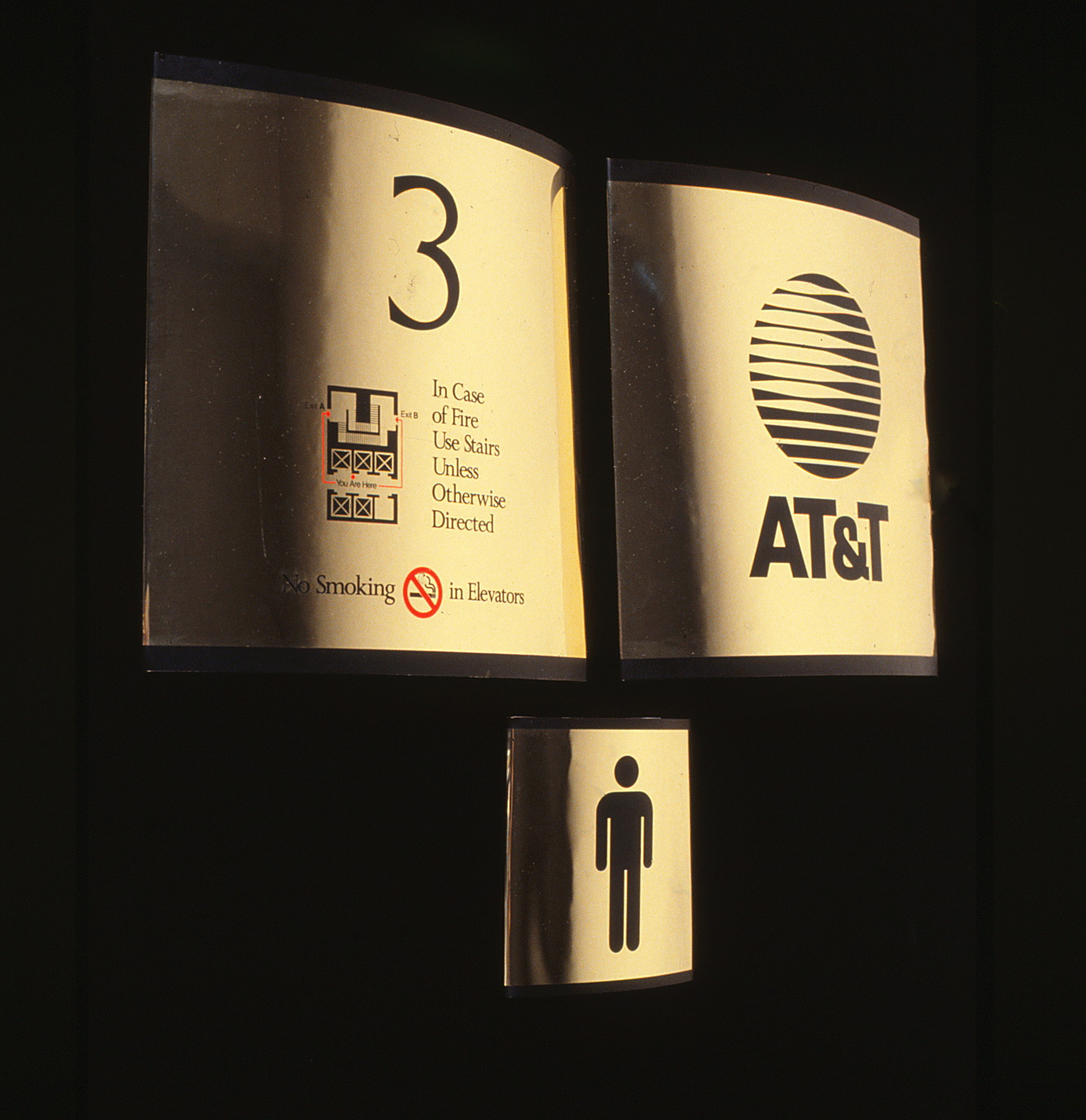
All interior signs for directionals, tenants and services were configured in a curved panel to reflect the buildings form.
All, including regulatory signs, were finished in polished brass. Elevator doors were etched with a repeat pattern of the project symbol.
All, including regulatory signs, were finished in polished brass. Elevator doors were etched with a repeat pattern of the project symbol.
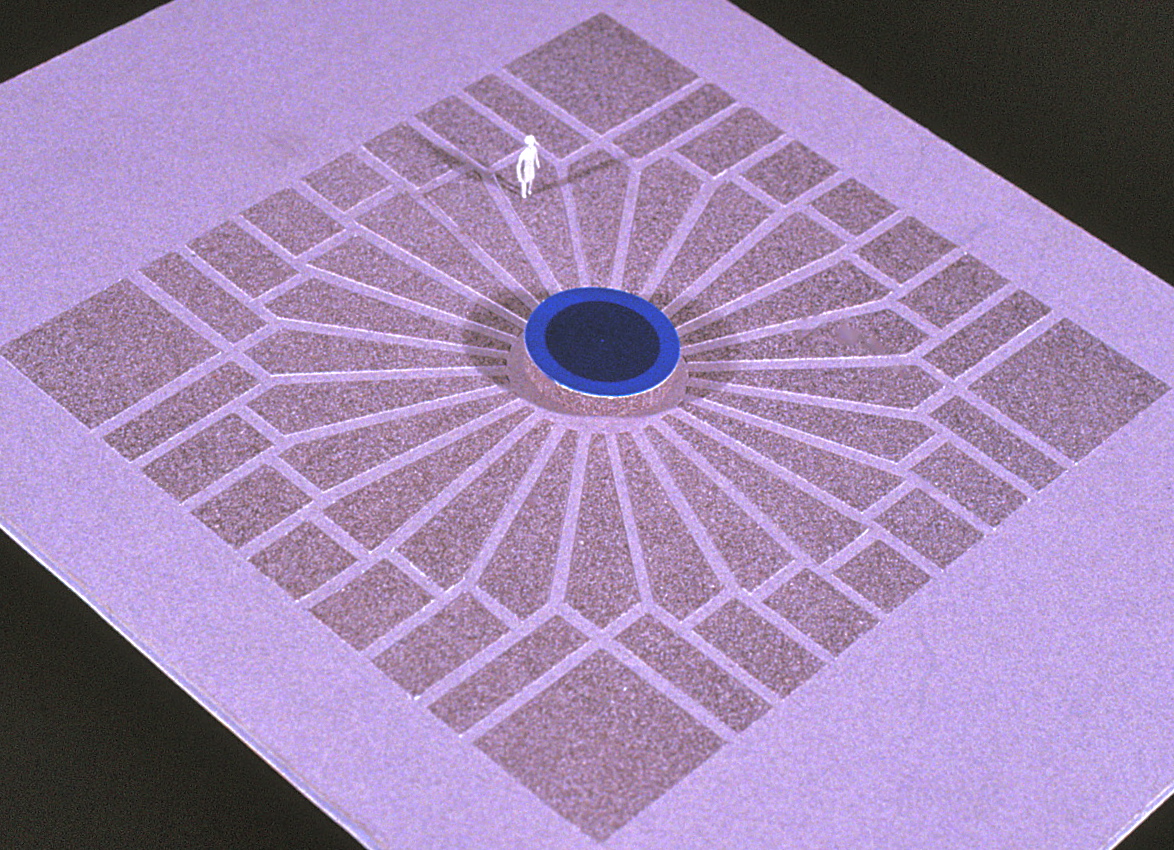
A proposed treatment for the lobby of the tower using the project symbol as a focal point.
Materials were to be polished and rough finished granite, a traditional New England building material.
Materials were to be polished and rough finished granite, a traditional New England building material.
EXTERIOR RETAIL SIGNAGE
In keeping with the effort to retain the existing storefronts, a sign system based on individual letters seemed best suited for maintaining the “traditional” look of the new building. Overhead sign boards, gold leaf window identification and traditional sill signs were the basic design elements for all exterior retail signs.
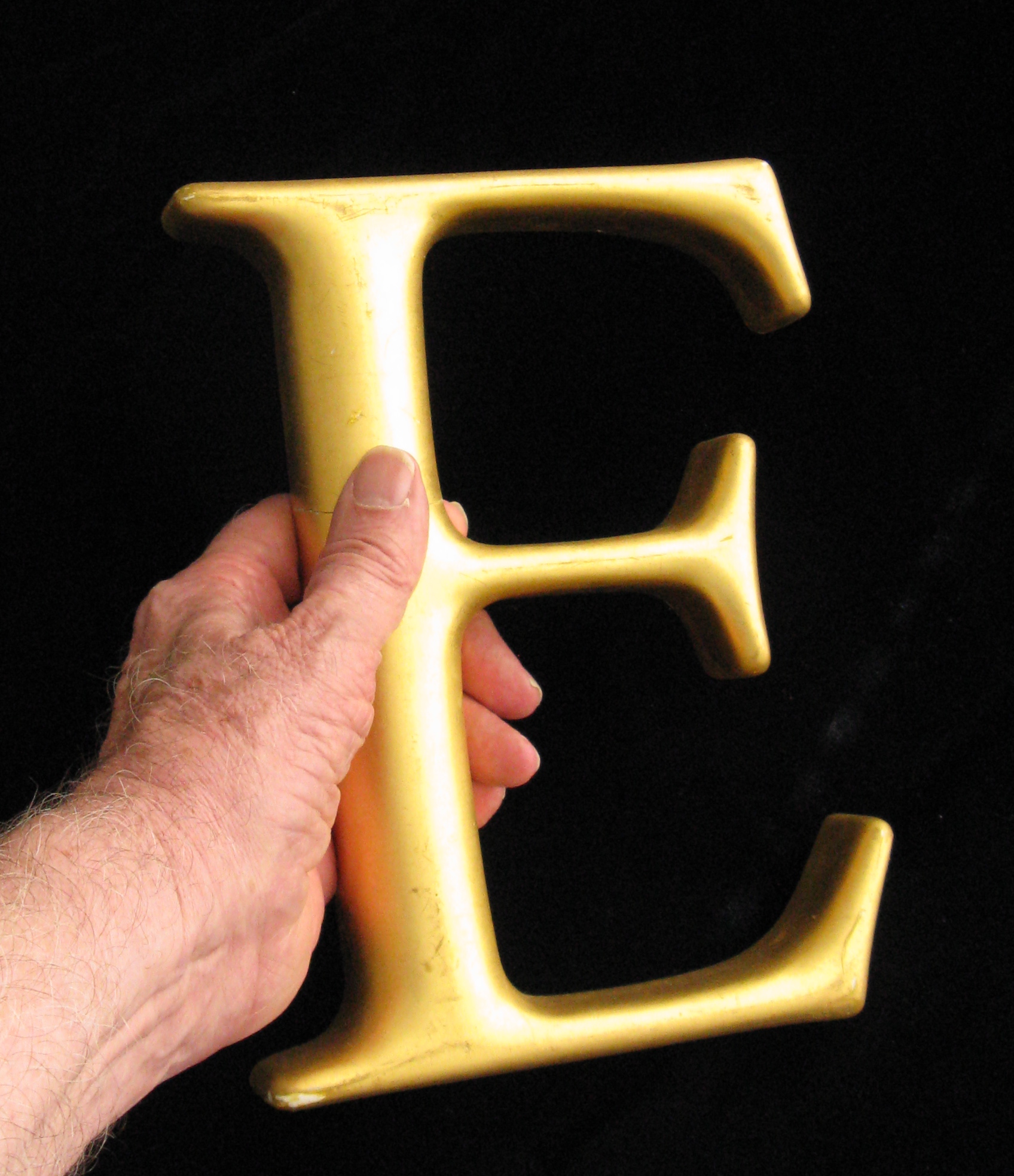
Individually crafted gold leaf letters were recommended to reflect the design of century old signs.
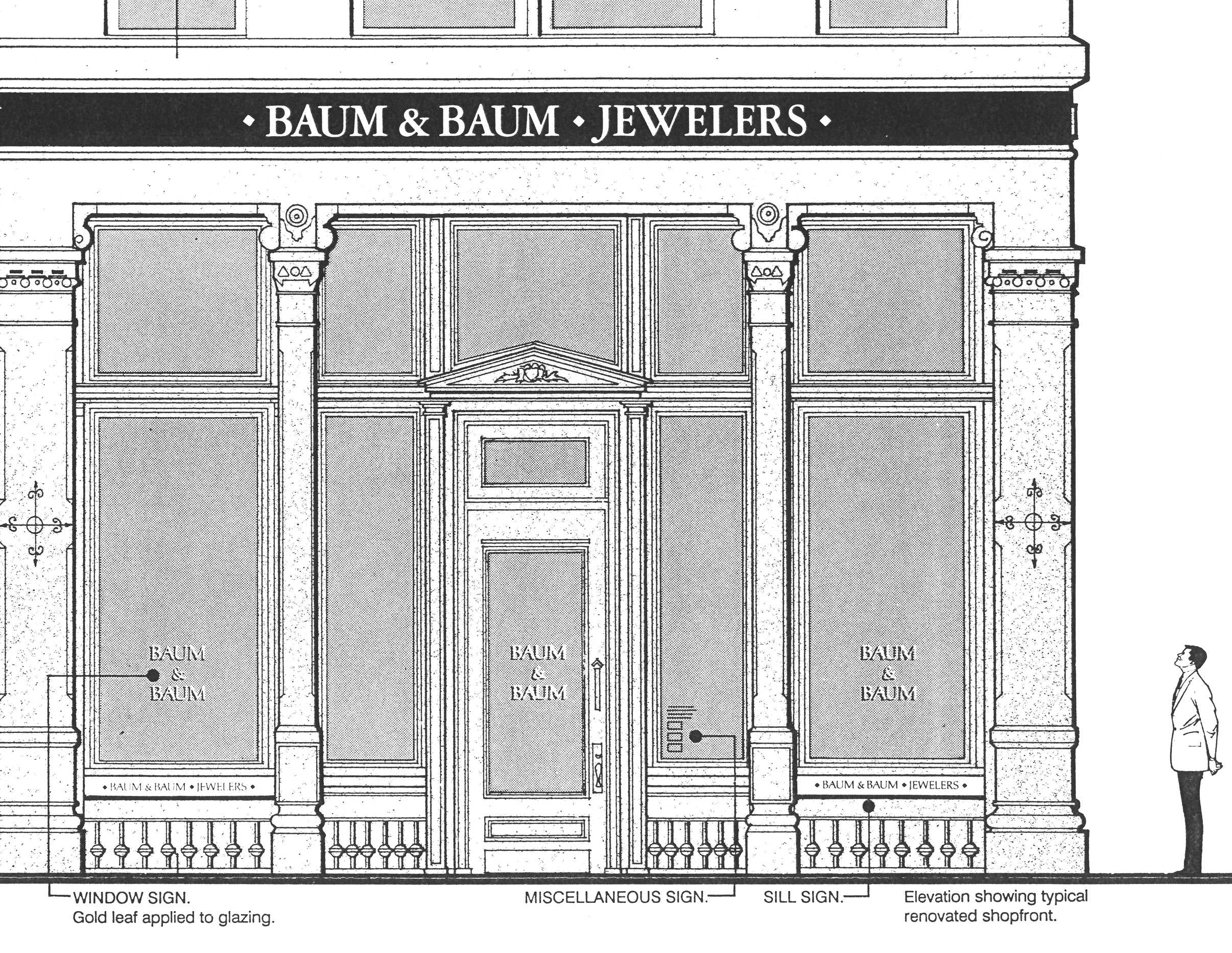
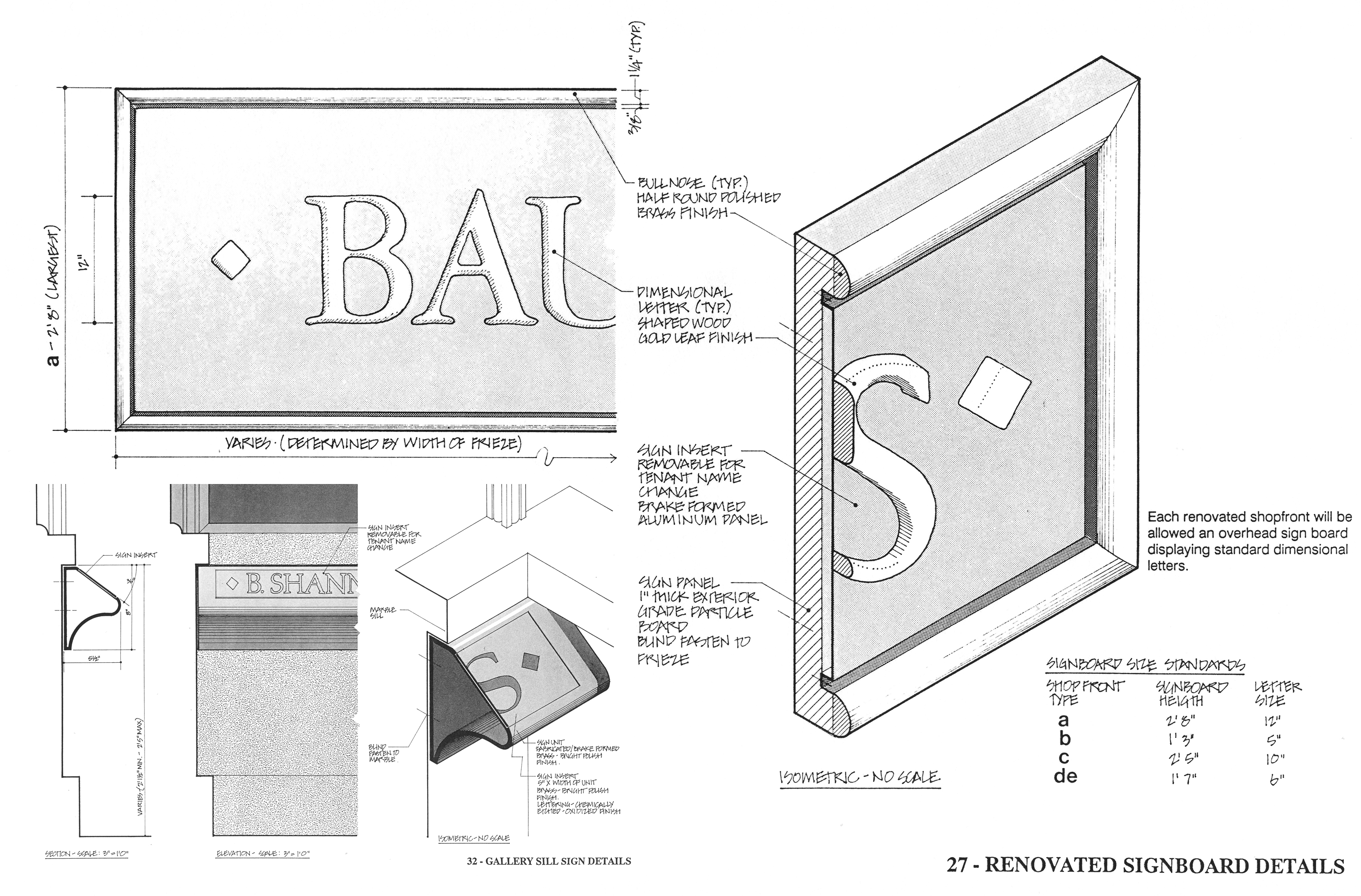
Typical Retail Storefront elevation
Typical Sill Sign
Typical Individual Letter Sign
INTERIOR RETAIL SIGNAGE

View of the interior Galleria display cases
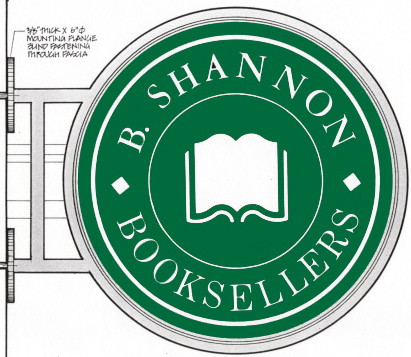
Influenced by signs found in London’s traditional Gallerias, a standard double-faced frame and disc configuration was adapted
for all interior retail tenants.
for all interior retail tenants.
GALLERIA EXHIBITION
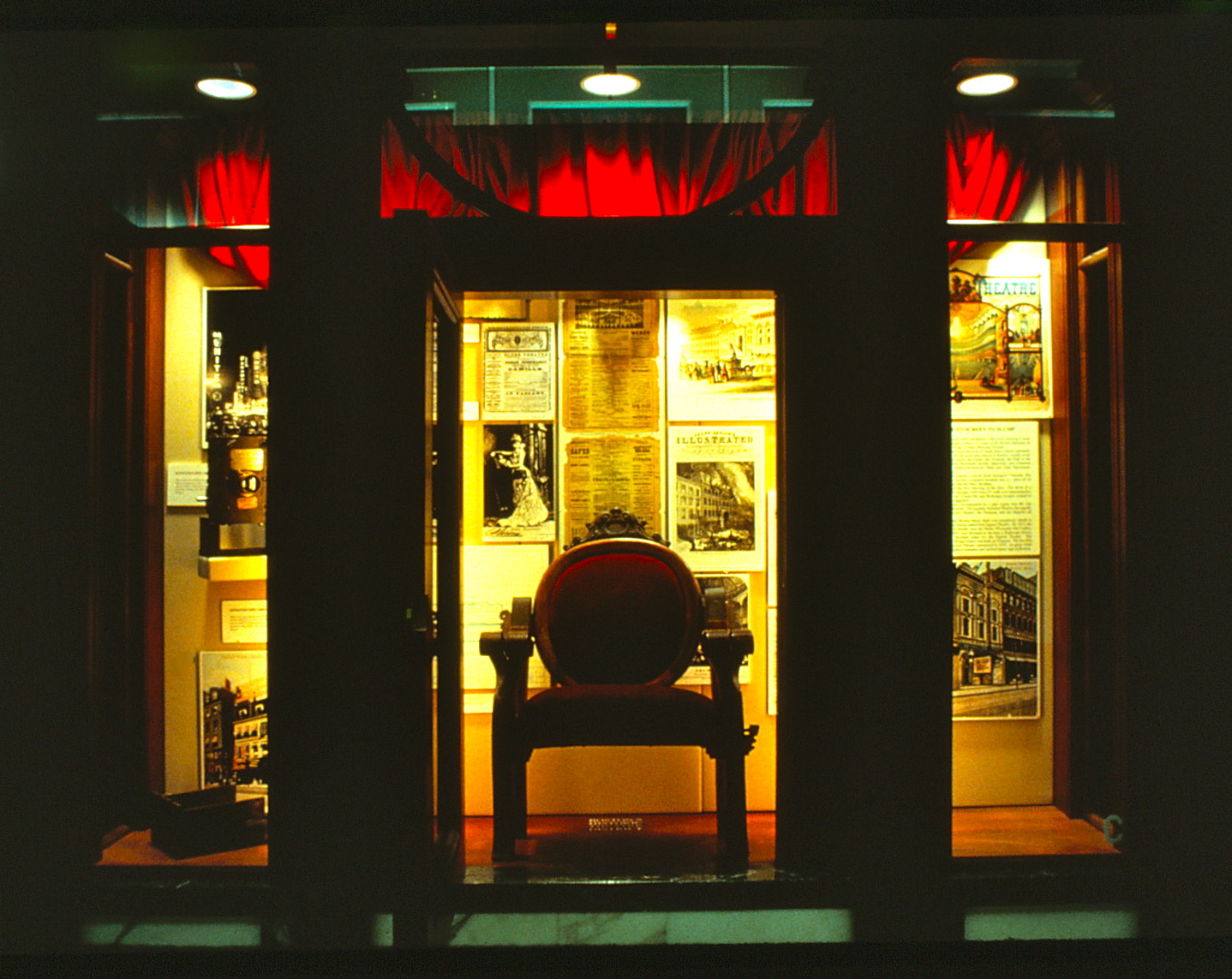
Typical Galleria display case
BC&CO was retained by Jaymont Properties to design, research, build and install an exhibit titled “Boston’s Historic Theaters” in the Galleria display area. Pictured left is one of seven displays cases featuring a chair from “The Old Howard” theater. Featured memorabilia, posters, photographs, playbills and documents are from the Harvard Theater Collection
and the private collection of
Fred MacLennan.
and the private collection of
Fred MacLennan.
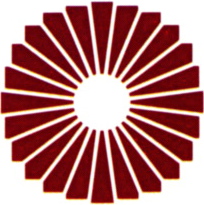
99 SUMMER STREET / BOSTON
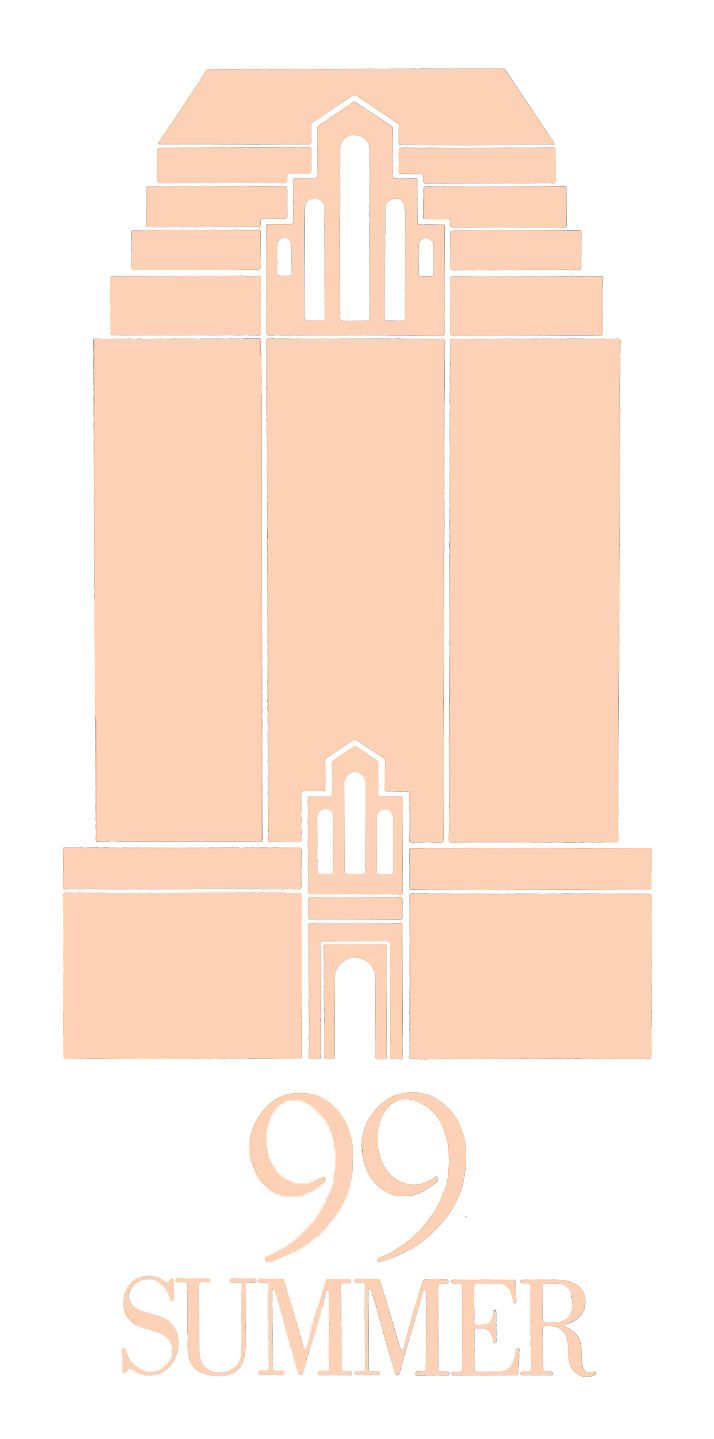
Retained by Jaymont to provide all architectural graphics and marketing materials for this existing 20 story office and retail complex in Boston’s Financial District.
Managed by Jaymont, the design program focused on developing signage for an
“as built” structure and the preparation of all marketing materials to assist in the new leasing effort.
A street level retail component was included.
Managed by Jaymont, the design program focused on developing signage for an
“as built” structure and the preparation of all marketing materials to assist in the new leasing effort.
A street level retail component was included.
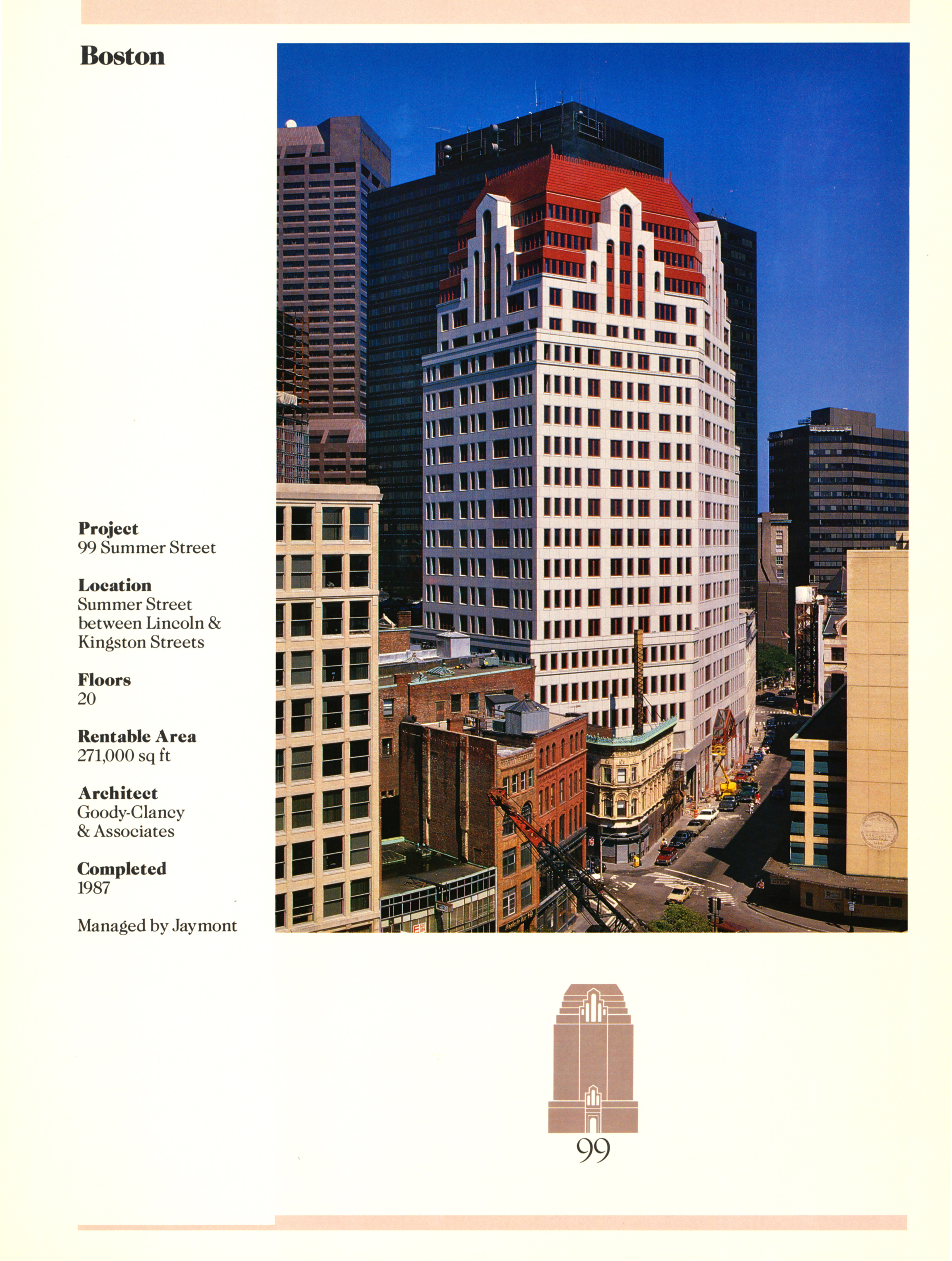
The 99 Summer Street fact sheet from Jaymont's Corporate Brochure. The 20 floor structure contained 271,000 square feet of commercial and retail space at the corner of Summer and Kingston Streets. The project was completed in 1987.
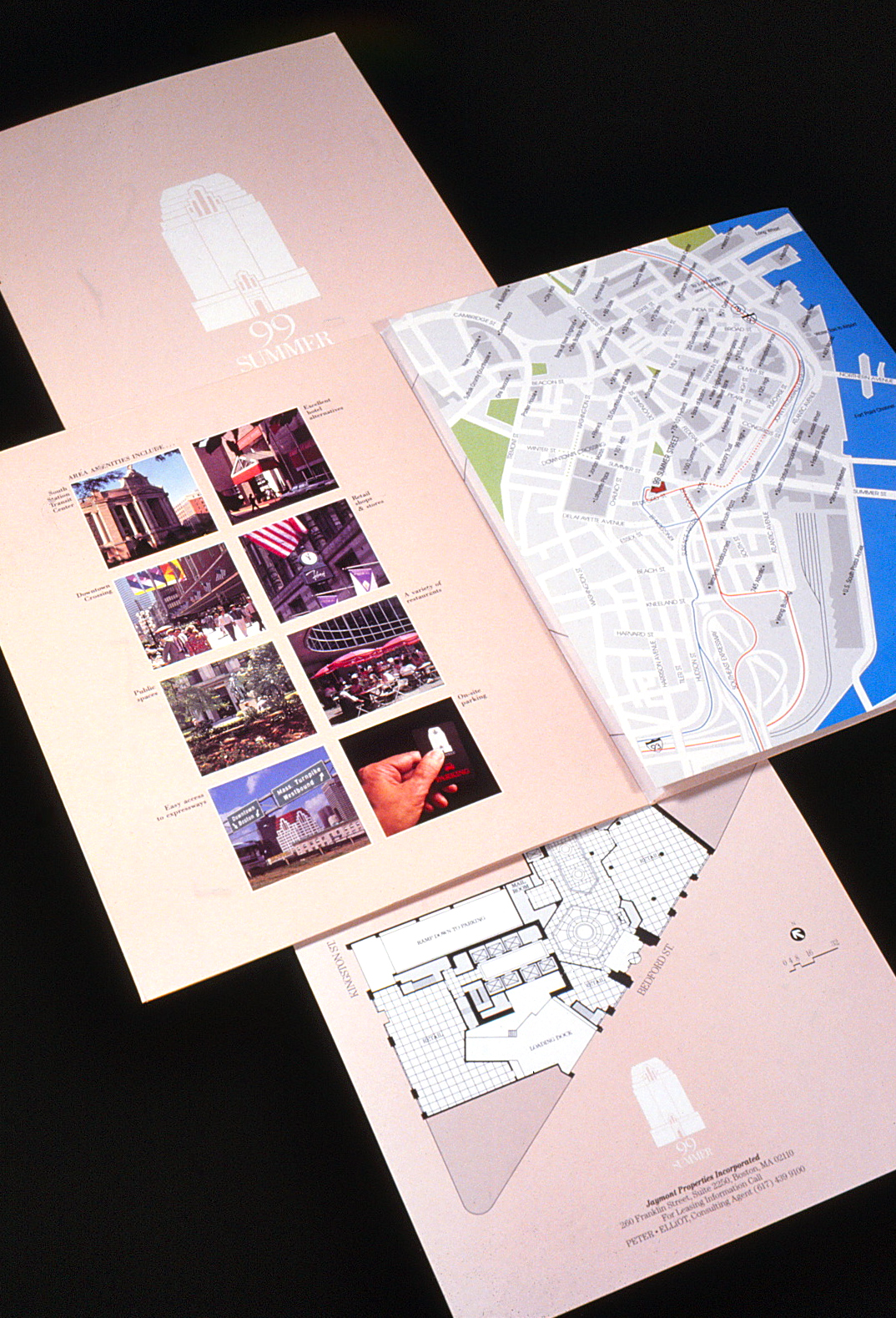
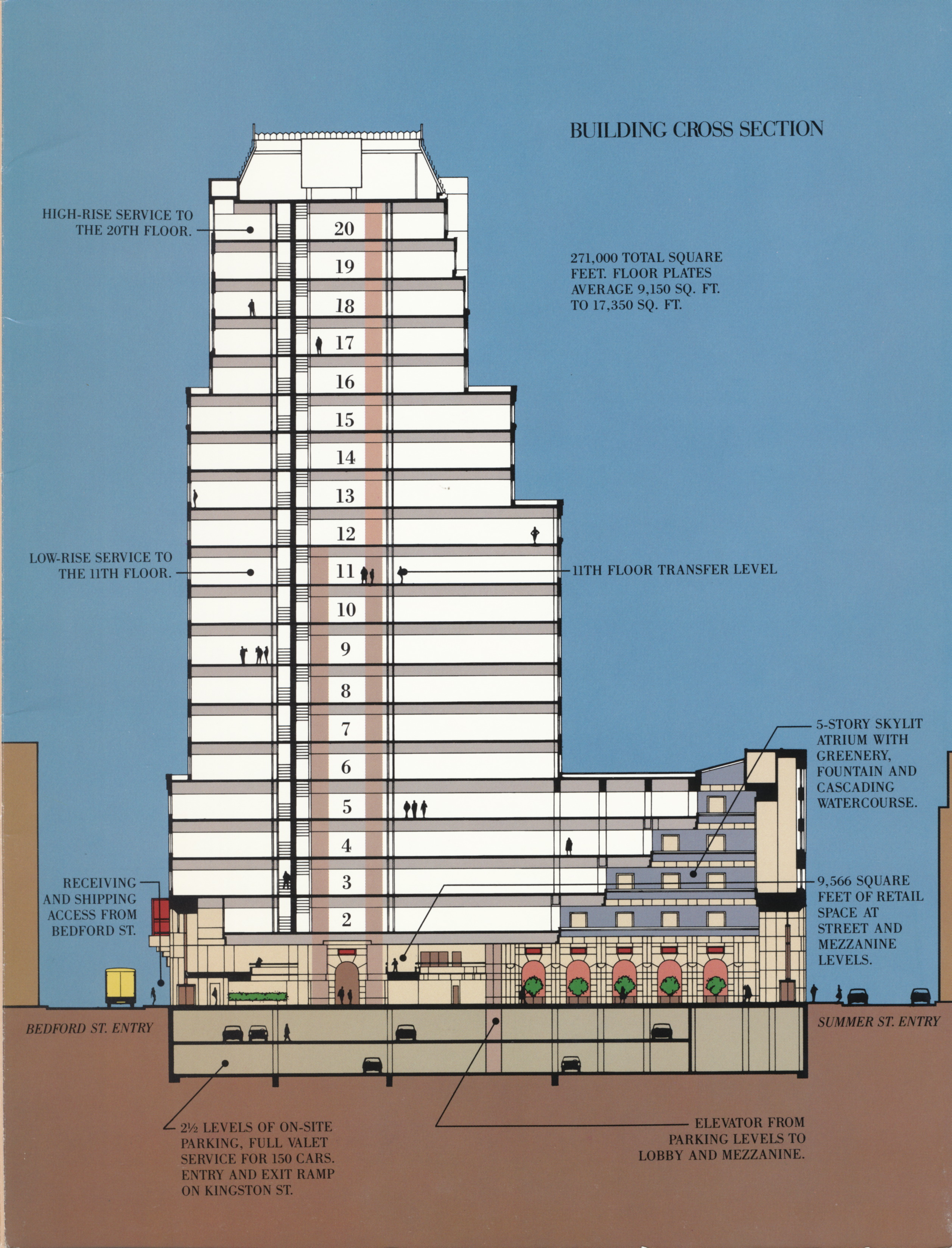
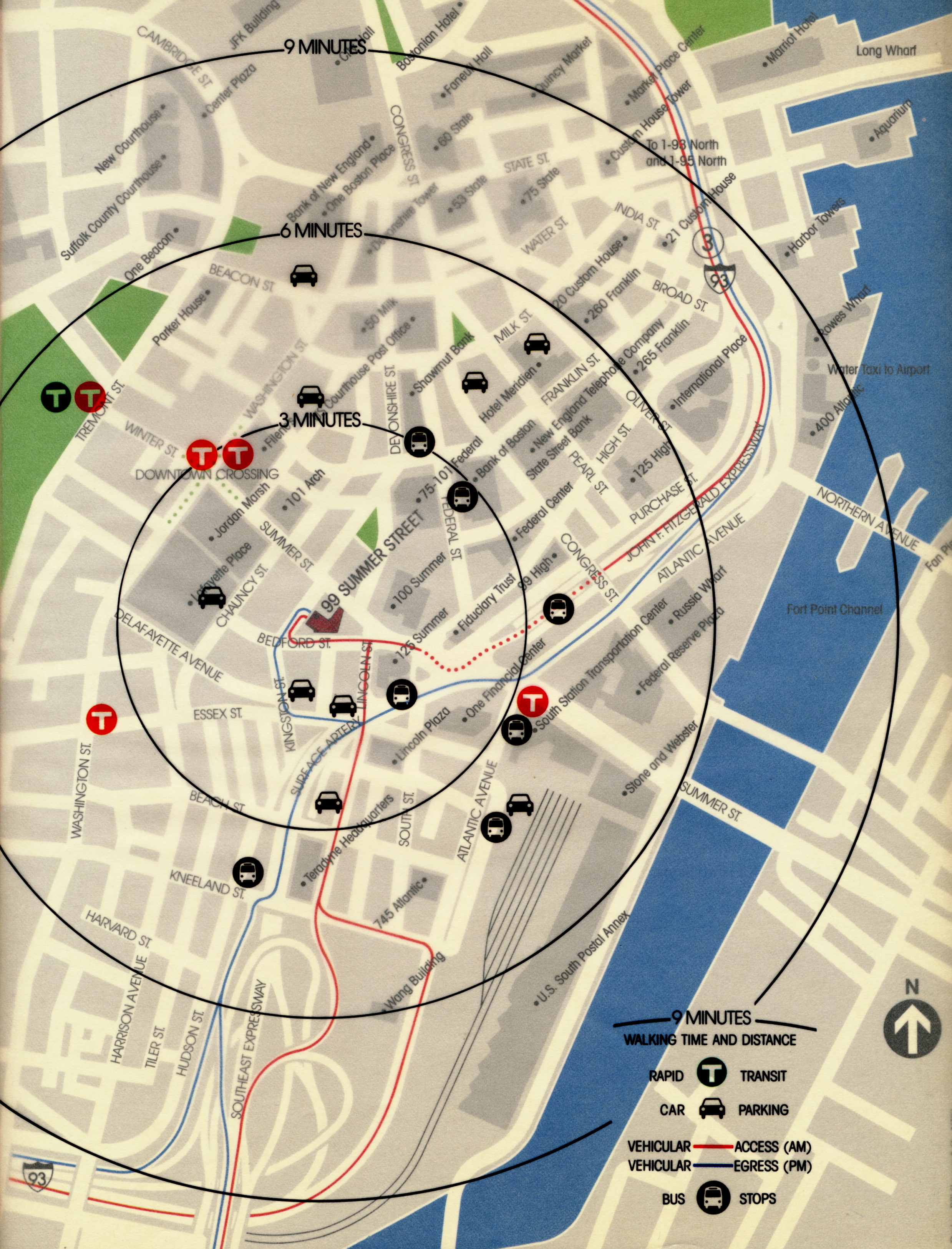
An elaborate multi-page brochure was designed as a leasing kit and sales tool. It focused on the site's central location, views of the skyline and local amenities. Overlays show transportation options and walking time and distances from the site.
The building cross-section was complimented with detailed floor plans for each level.
The building cross-section was complimented with detailed floor plans for each level.

All tenant signs
(12” x 14”) are etched and polished stainless steel with paint filled text and numbers.
(12” x 14”) are etched and polished stainless steel with paint filled text and numbers.
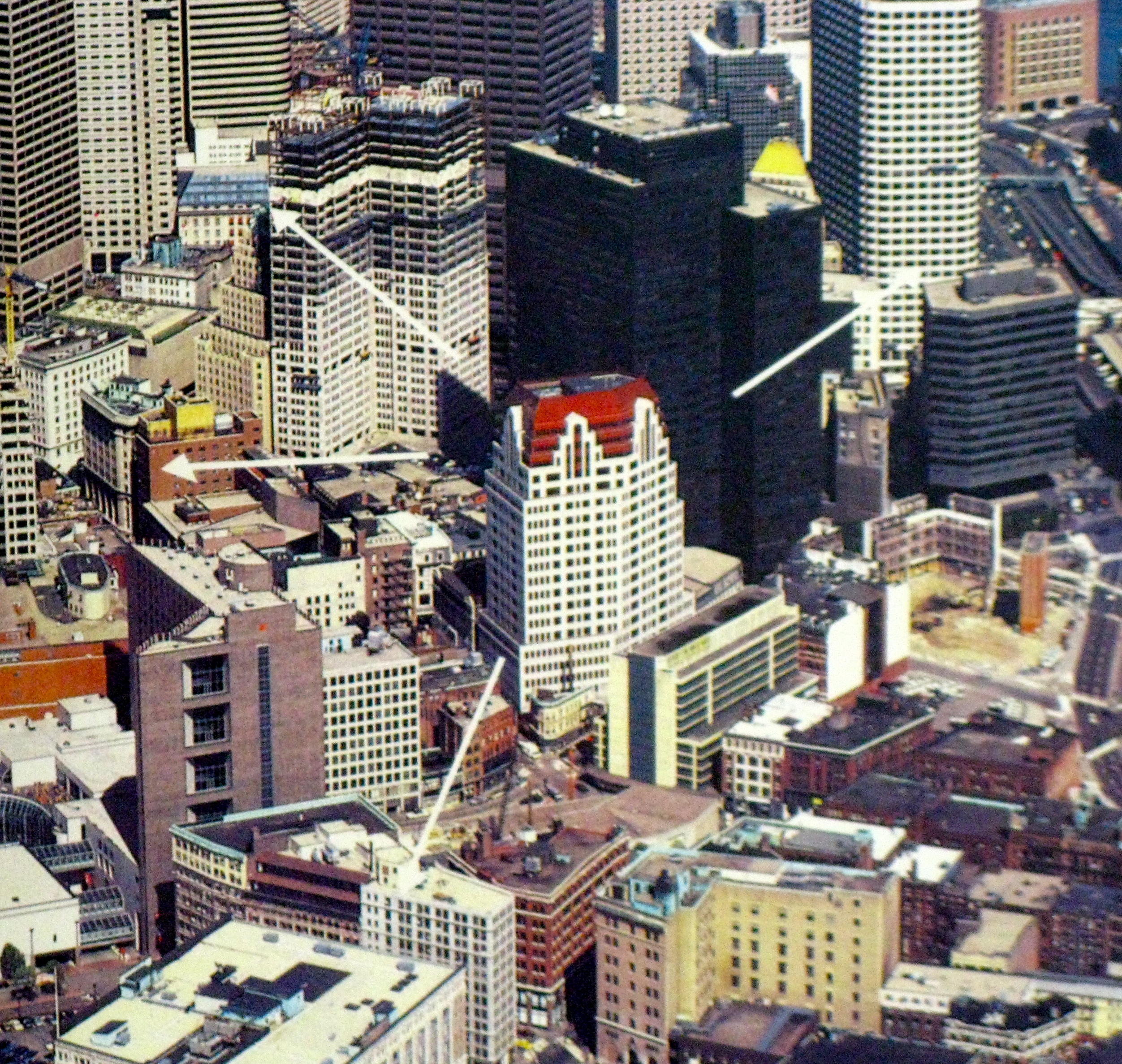
The design intent of the brochure was to highlight tenant views in all directions from the site.
All photos taken from the upper floor levels offered a 360 degree panorama of the downtown Boston skyline.
All photos for marketing materials were taken by members of the BC&CO design team.
All photos taken from the upper floor levels offered a 360 degree panorama of the downtown Boston skyline.
All photos for marketing materials were taken by members of the BC&CO design team.

Double page spread from the 99 Summer Street project brochure
showing views from the site.
showing views from the site.
20 and 21 CUSTOM HOUSE STREET / BOSTON
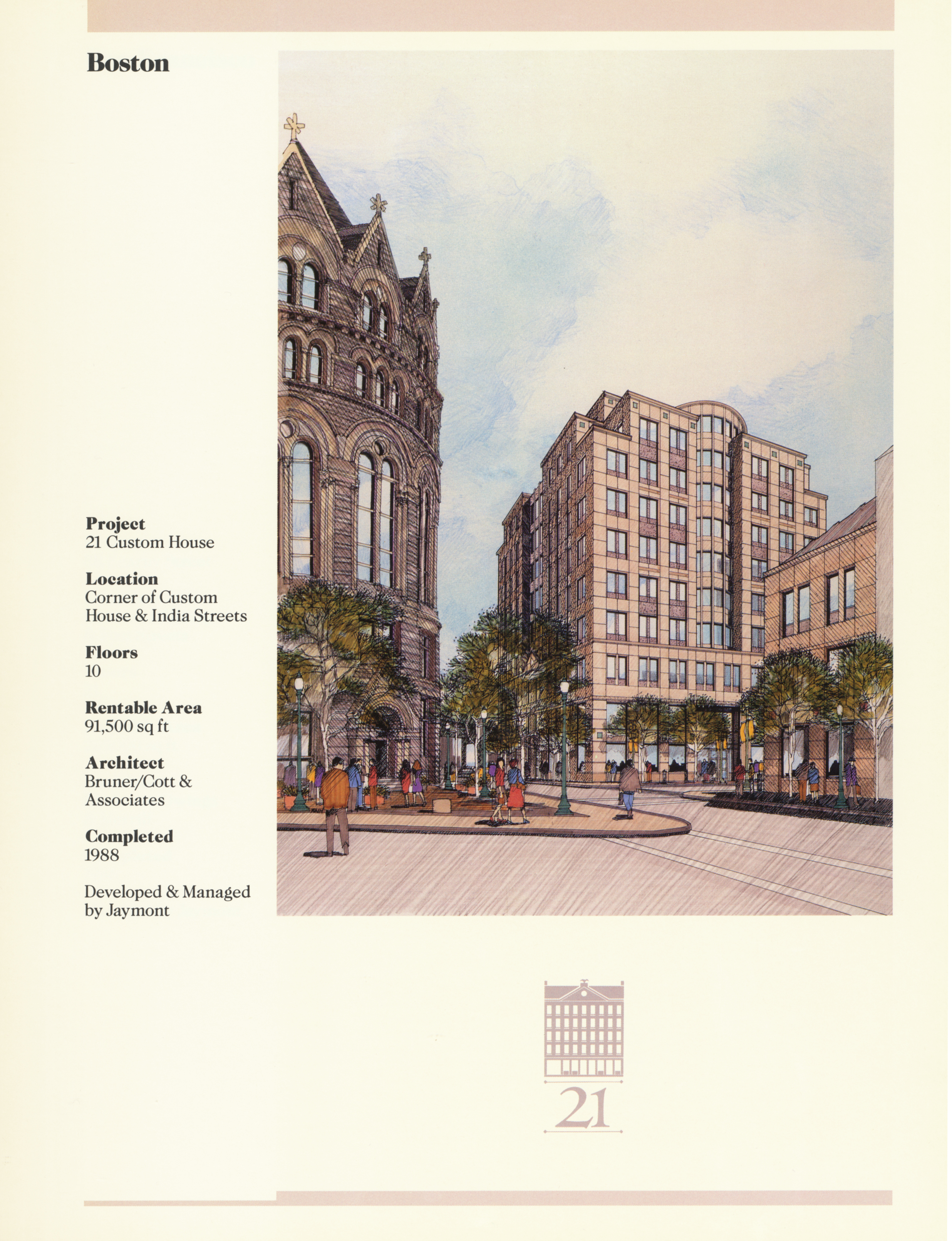
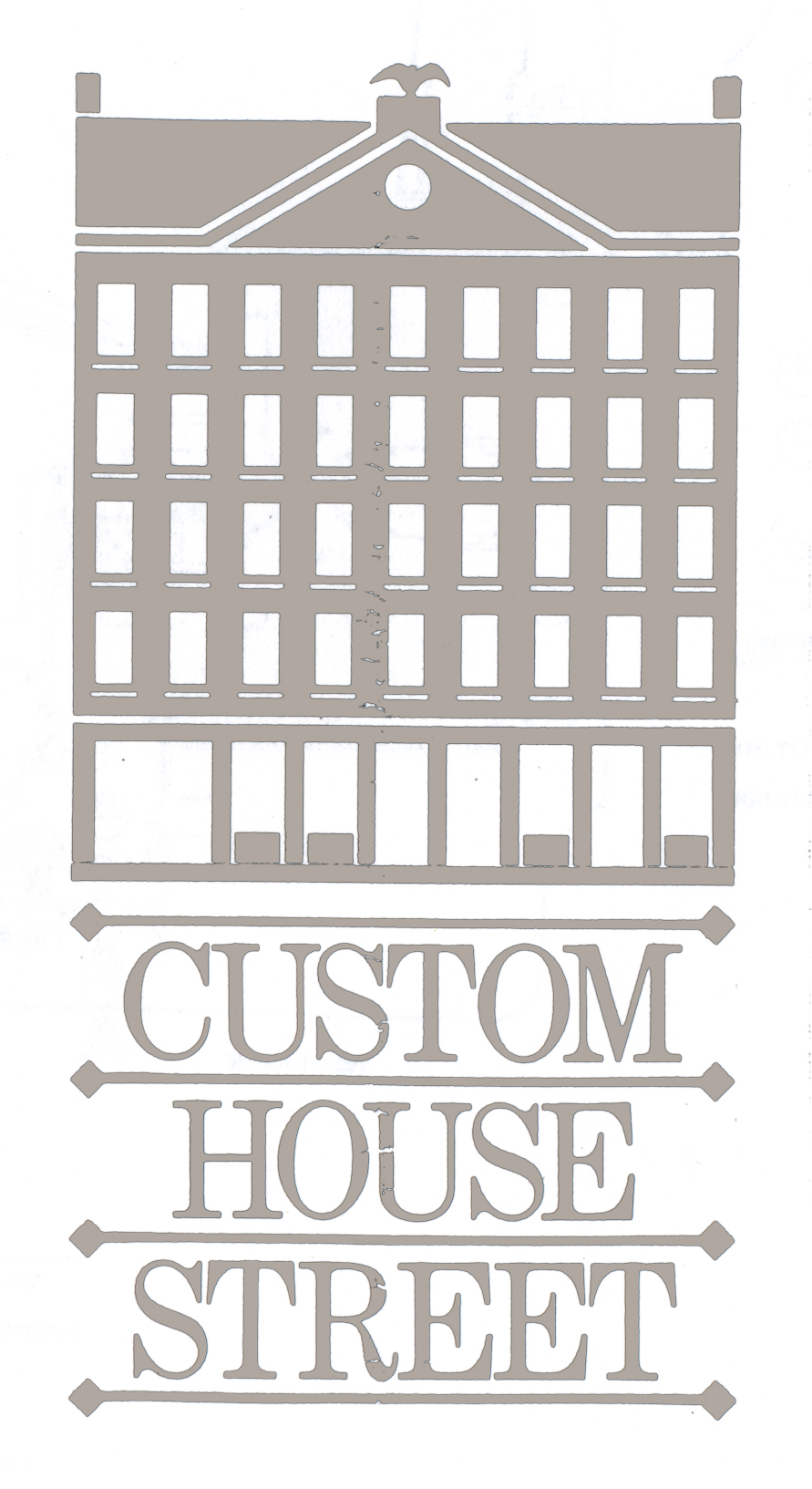

The project fact sheet for 21 Custom House Street.
Retained by Jaymont to provide joint architectural graphics and marketing materials for 2 new office buildings near two landmarks (Old Customs House & Old Customs House Tower) in downtown Boston’s
Financial District.
Financial District.
The project fact sheet for 20 Custom House Street.
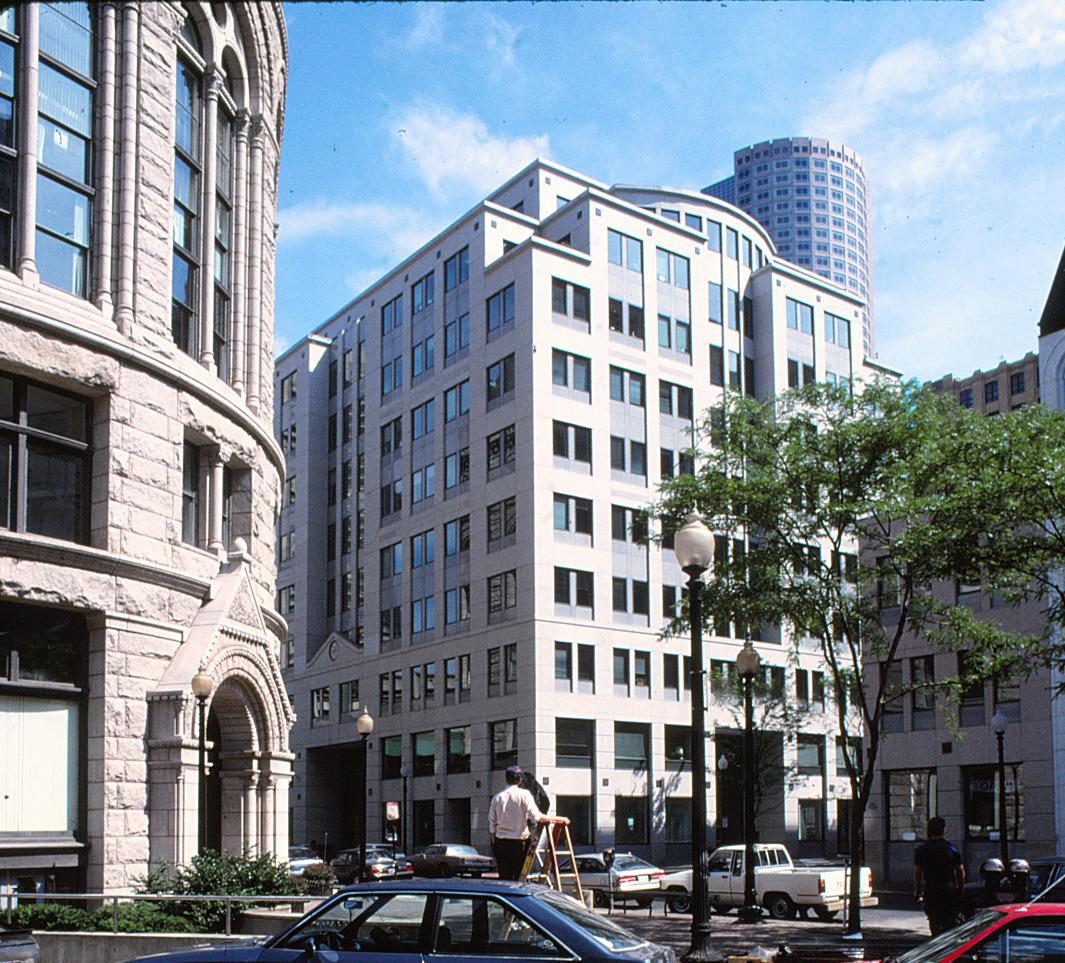
Photographing 21 Custom House building for
Jaymont marketing brochure
Jaymont marketing brochure
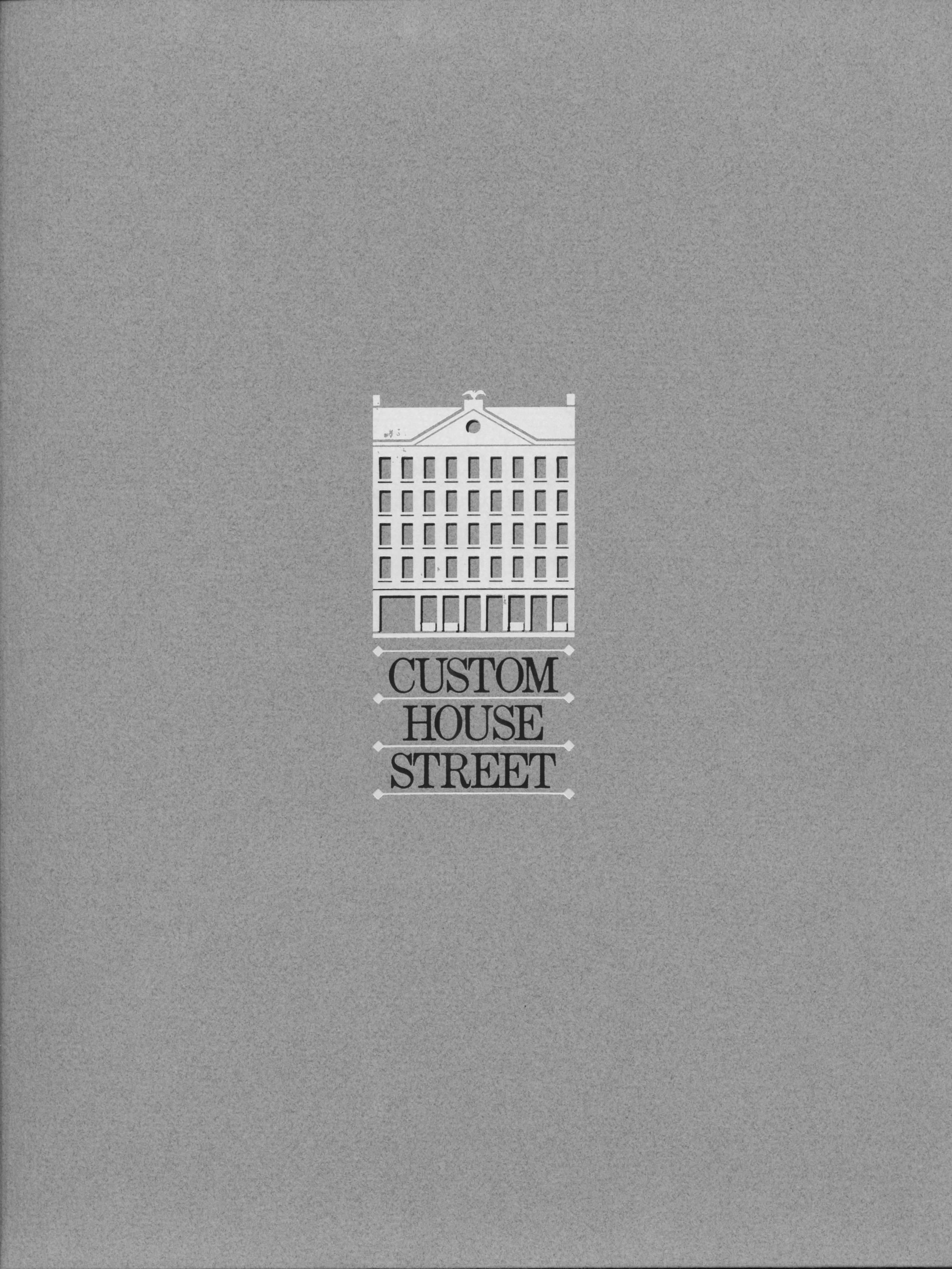
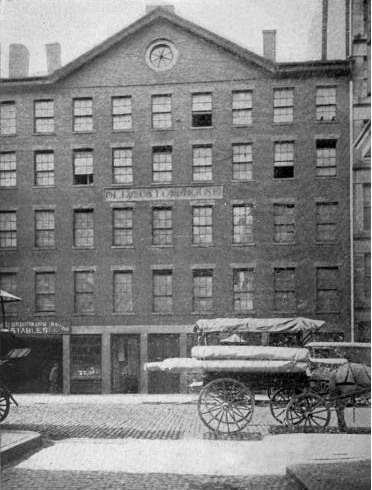
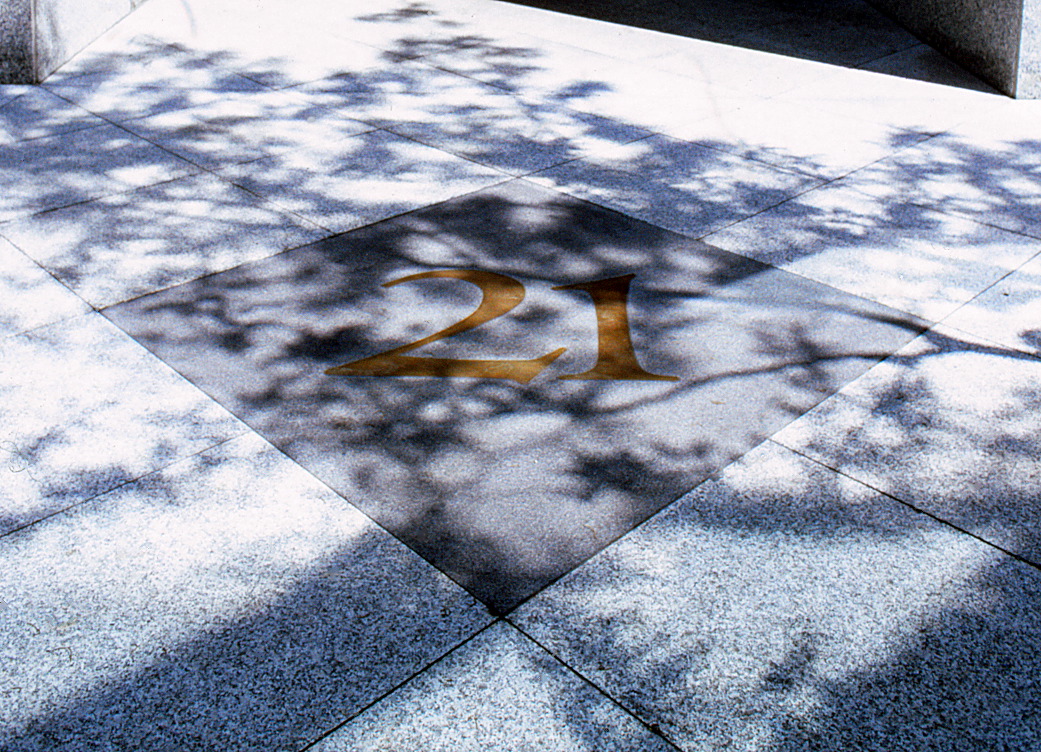
Bronze address set in entry pavers at
each building's entrance
each building's entrance
Project binder
with symbol
based on
Boston’s
original
1810
Customs
House
building.
with symbol
based on
Boston’s
original
1810
Customs
House
building.
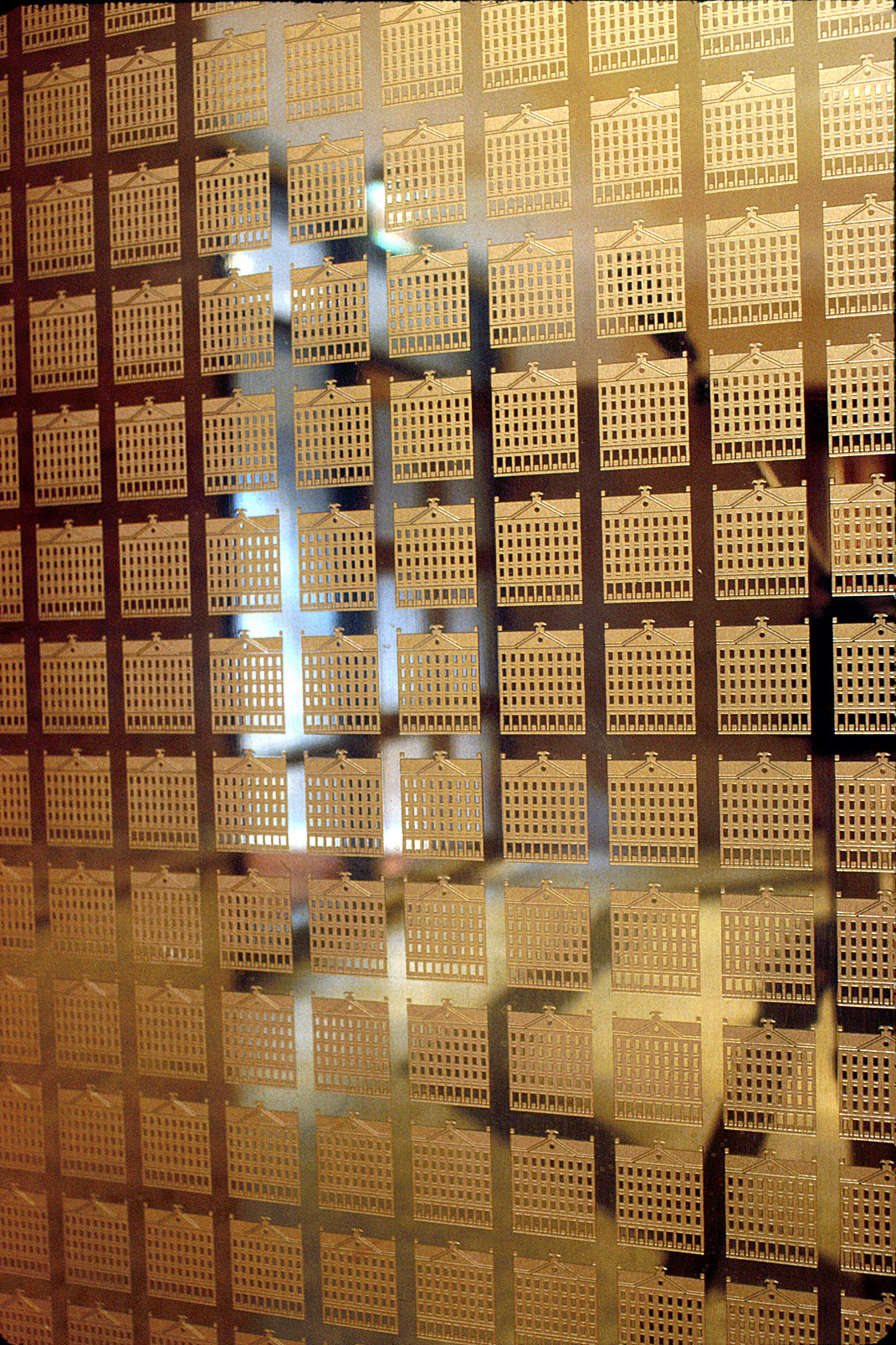
Elevator doors with etched
symbol pattern
symbol pattern
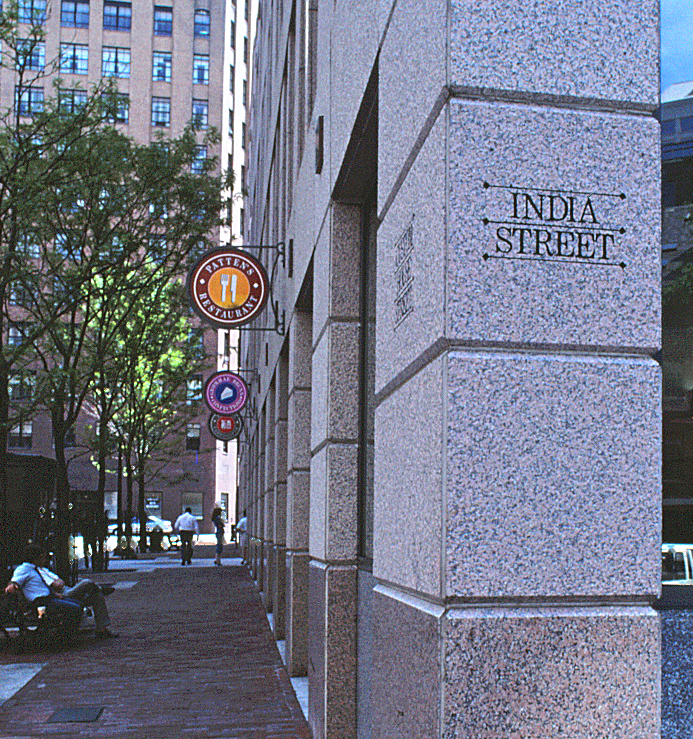
Projecting Retail signs and
Incised Street identification
Incised Street identification
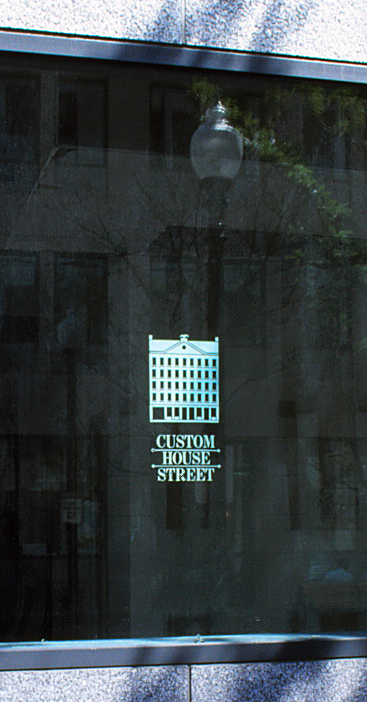
Project symbol window decal, white vinyl on glazing
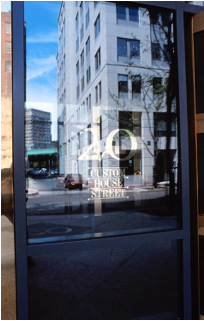
Gold leaf address application
on glazing
on glazing

Incised address at entry at the entrance of each building
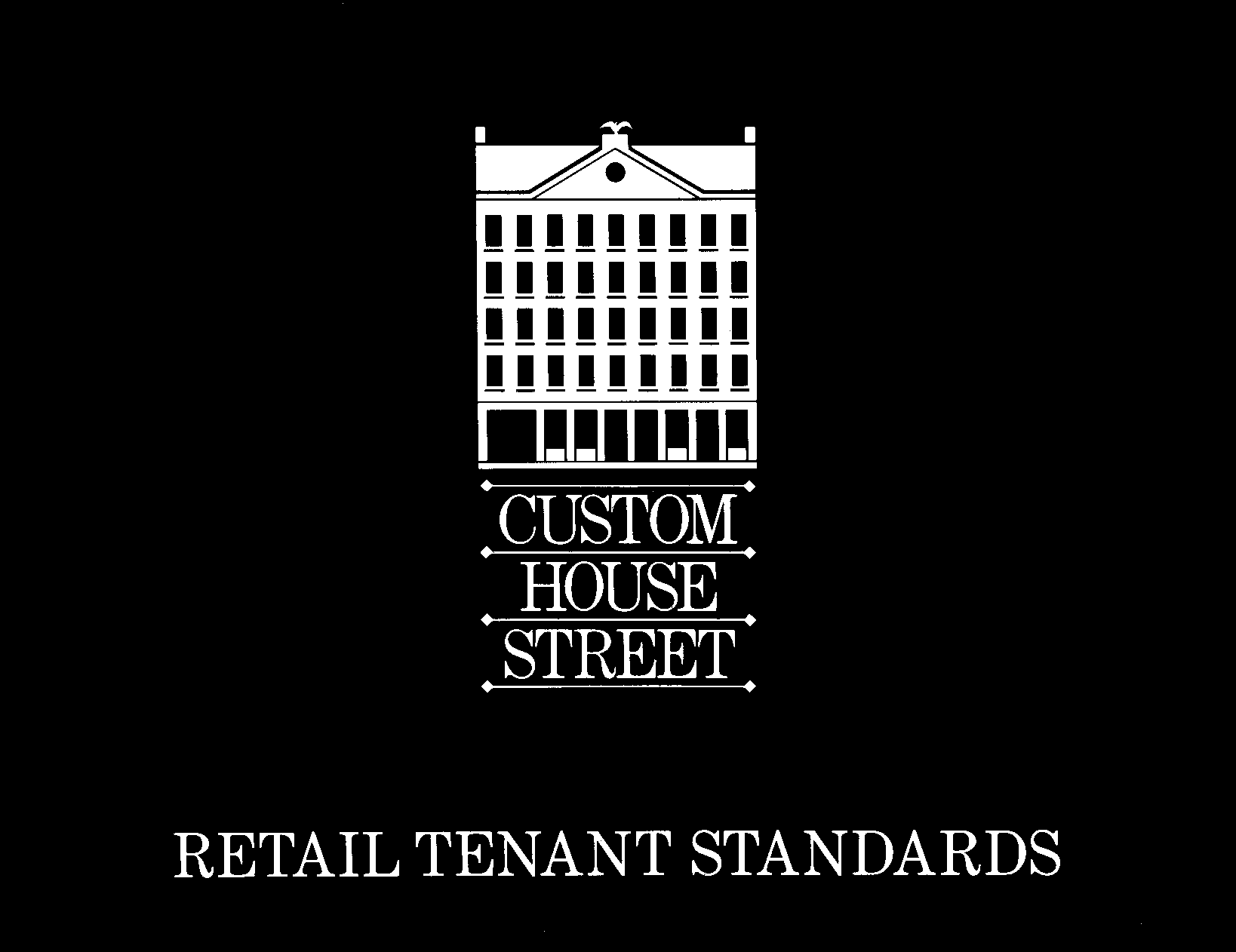
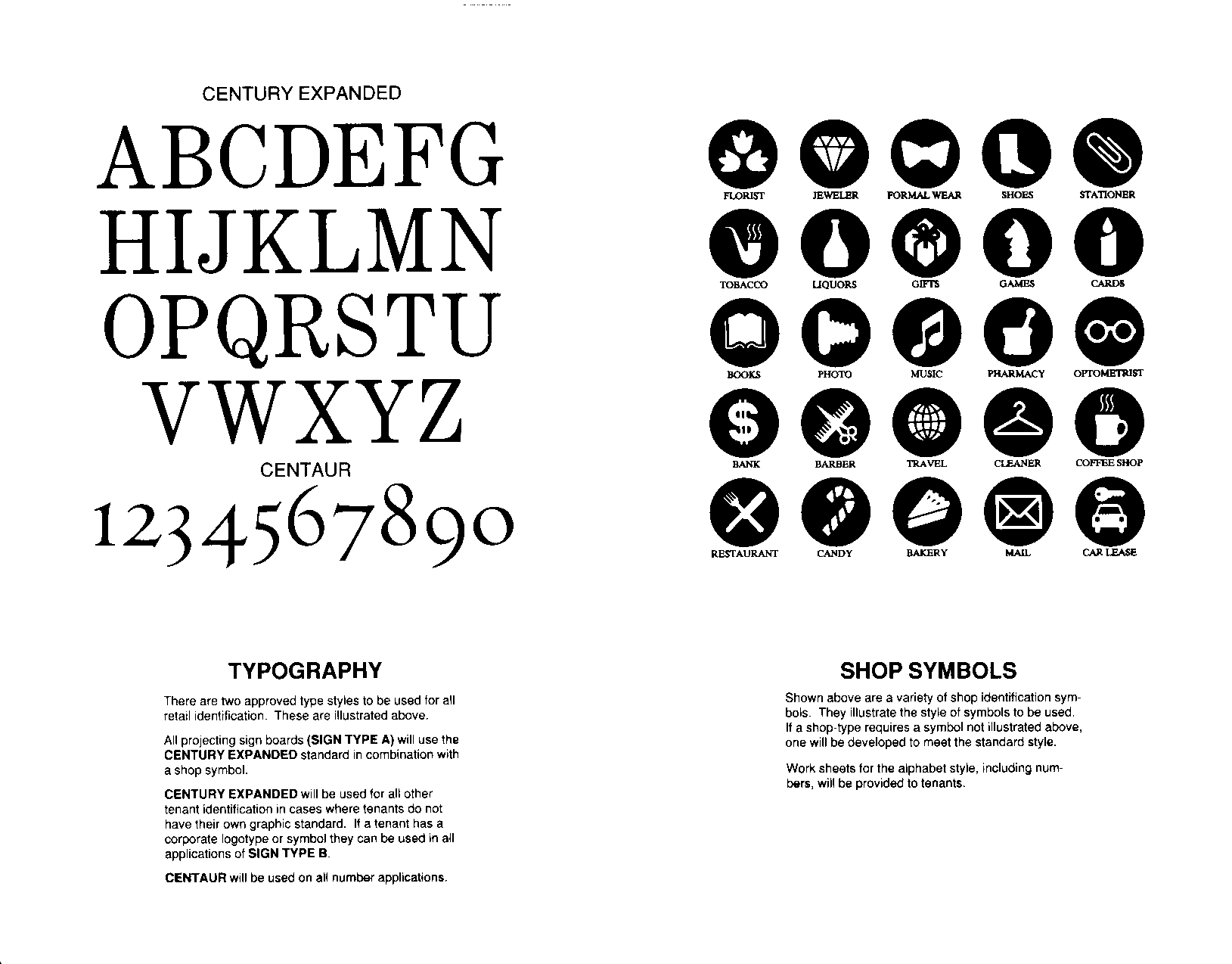

To maintain a consistent appearance for all signage, a 4 page folder defines sign standards for all retail tenants. Typography, projecting signs, window signs, wall mounted signs and window decals are for all interior and exterior applications.
PROPOSED MAP PYLON
Intended to be positioned at the entry of 20 or 21 Custom House Street this pylon provides a street presence and identity for the two buildings.
Intended to be positioned at the entry of 20 or 21 Custom House Street this pylon provides a street presence and identity for the two buildings.
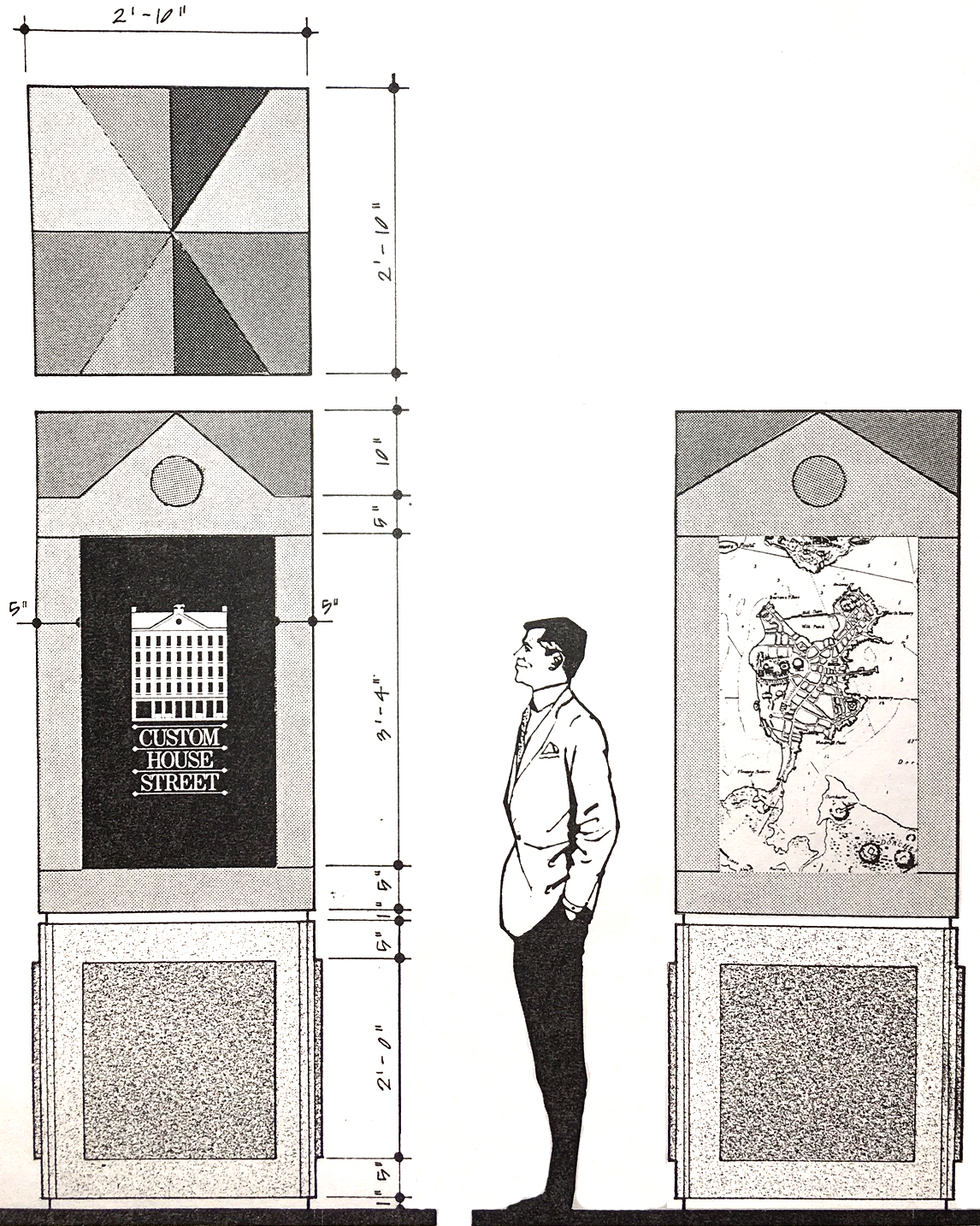
Four-sided Pylon positioned between
20 an 21 Custom House.
20 an 21 Custom House.
Side A will face on-coming one way traffic. The remaining 3 sides would display map reproductions showing the changing profile of downtown Boston through the years.
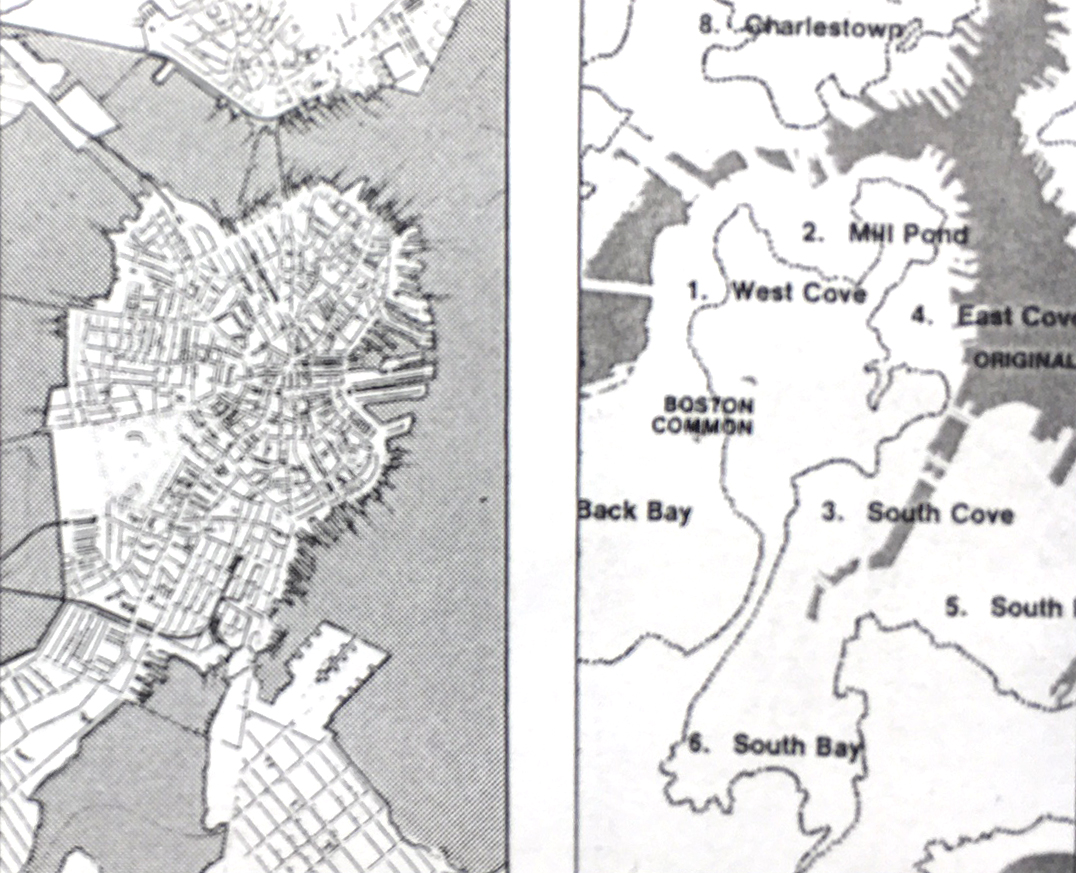
Side A: CHS identity
Side B: Boston 1775
Side C: Boston 1842
Side D: Boston 1980
Side B: Boston 1775
Side C: Boston 1842
Side D: Boston 1980
A
B
C
D